Loose-fill safety surfacing, such as woodchips, require routine maintenance. It would, however, be a mistake to assume that replacing loose-fill materials with unitary safety surfacing (i.e., poured-in-place surfacing, mats, tile, etc.) will eliminate surfacing maintenance. While topping off of use zones with replacement loose material and raking it out to a level and sufficient depth will no longer be necessary, there are routine maintenance tasks that should be performed on unitary surfaces.
This is needed for the four principal functions of playground safety: for the safety of the user, to make sure the safety surfacing is effective over a long functional life, for sanitation, and for cleanliness and attractiveness—in that order.
Because unitary surfacing has many positive inherent features if installed correctly, it is important to keep it as near to installation quality as possible. These positive features may include proper impact attenuation; a level, accessible, firm, stable, and slip-resistant surface; proper porosity or drainage provisions; attractive surface color combinations, patterns, and designs; and durability.
The presence of foreign objects and deposits can quickly diminish these qualities.
Loose debris such as sand and dirt on top of unitary surfacing can produce slip hazards. In addition, fine particles can accumulate in porous openings and clog important drainage features. It is recommended that regular periodic removal of this loose debris be done. It is best to vacuum porous surfaces to clear the permeable openings as well as to remove top litter, but blowing can also be an effective means of achieving this. Dry sweeping or scrubbing will remove the loose litter but can force more fine particles into porous openings of some surfaces. Removal of loose debris should be done at least every two to three weeks.
Maintenance divisions with several playgrounds may find it useful to establish a standard maintenance kit for these areas. Here is a list of supplies for such a kit:
- Lawn vacuum or blower, or soft-bristle broom
- Disposable rags
- Disposable gloves
- 2 cleaning and rinsing buckets
- 2 small reusable spray containers
- Aerosol spray cleaner (Formula 409™ is recommended)
- Orange oil cleaner
- Liquid detergent
- Powder cleaning compound (Borax™ is recommended)
- Sodium Tripolyphosphate
- White Vinegar (5 percent solution)
- Hydrogen Peroxide (3 percent solution)
- Powder cleanser (Goop™ and Bon Ami™ are recommended)
The maintenance division should obtain the MSDS for each chemical product, include them in all training, and have them on file.
Elbow grease is always useful, but it helps to use the right cleaner to remove problem deposits on unitary surfacing. Here’s a recommendation for the following:
Bird droppings or other excrements—Do not attempt to loosen any excrement that is stuck to the surfacing. Wear disposable gloves. Remove loose excrement. Scrub deposits with dampened Bon Ami™, Borax™ or STPP and then wash with a Borax™ or STPP solution. Soak up residue with disposable rags. Disinfect by spraying on hydrogen peroxide and let stand for at least two minutes, spray again with vinegar and let stand for two minutes. Do not mix these together; spray separately. Soak up residue with disposable rags. Double rinse with clean water.
Blood—Wear disposable gloves. Remove and disinfect by spraying on hydrogen peroxide and let stand for at least two minutes, and spray again with vinegar and let stand for additional two minutes. Soak up residue with disposable rags. Double rinse with water.
Chewing gum—Apply dry ice to freeze the gum. Chip it off.
Gasoline—Wash with detergent and water. Soak up with disposable rags. Double rinse with water.
Grass stains—Apply orange oil cleaner. Work in with disposable rags. Double rinse with water.
Moss/Algae/Mildew/Mold—Saturate with hydrogen peroxide and stand for five minutes. Repeat with vinegar. Soak with disposable rags. Double rinse with water.
Scuff marks—Scrub with dampened Bon Ami™, Borax™, or STPP. Double rinse with clean water.
Soda—Saturate with Formula 409™. Work in and soak with disposable rags. Wash with liquid detergent, Borax™ or STPP solution. Double rinse with water.
Tar/Crayon/Lipstick/Tree sap/Motor oil/Grease—Apply one or more of the following: orange oil cleaner, Goop™, or Formula 409™. Work in and soak with disposable rags. Scrub with dampened Bon Ami™, Borax™ or STPP. Double rinse with clean water.
Urine/vomit/nasal discharge—Wear disposable gloves. Wash with a Borax™ or STPP solution. Soak up residue with disposable rags. Disinfect by spraying hydrogen peroxide and let stand for at least two minutes; spray again with vinegar and stand for an additional two minutes. Do not mix these together; spray separately for best results. Soak up residue with disposable rags. Double rinse with clean water.
The information provided here is condensed from “Maintaining Safe Play,” the course manual of the new NPSI Playground Maintenance Service Program. Course availability, locations, and schedules will be posted later this fall on the NRPA website www.nrpa.org under “Education/Training.”
Monty Christiansen, CPRP, CPSI, is professor emeritus of recreation and parks at Penn State University, a founding member of the National Playground Safety Institute, and an international authority on playground safety. His column “Monty’s Measure” appears regularly in Today’s Playground.
oose-fill safety surfacing, such as woodchips, require routine maintenance. It would, however, be a mistake to assume that replacing loose-fill materials with unitary safety surfacing (i.e., poured-in-place surfacing, mats, tile, etc.) will eliminate surfacing maintenance. While topping off of use zones with replacement loose material and raking it out to a level and sufficient depth will no longer be necessary, there are routine maintenance tasks that should be performed on unitary surfaces.
This is needed for the four principal functions of playground safety: for the safety of the user, to make sure the safety surfacing is effective over a long functional life, for sanitation, and for cleanliness and attractiveness—in that order.
Because unitary surfacing has many positive inherent features if installed correctly, it is important to keep it as near to installation quality as possible. These positive features may include proper impact attenuation; a level, accessible, firm, stable, and slip-resistant surface; proper porosity or drainage provisions; attractive surface color combinations, patterns and designs; and durability.
The presence of foreign objects and deposits can quickly diminish these qualities.
Loose debris such as sand and dirt on top of unitary surfacing can produce slip hazards. In addition, fine particles can accumulate in porous openings and clog important drainage features. It is recommended that regular periodic removal of this loose debris be done. It is best to vacuum porous surfaces to clear the permeable openings as well as to remove top litter, but blowing can also be an effective means of achieving this. Dry sweeping or scrubbing will remove the loose litter, but can force more fine particles into porous openings of some surfaces. Removal of loose debris should be done at least every two to three weeks.
Maintenance divisions with several playgrounds may find it useful to establish a standard maintenance kit for these areas. Here is a list of supplies for such a kit:
• Lawn vacuum or blower, or soft-bristle broom
• Disposable rags
• Disposable gloves
• 2 cleaning and rinsing buckets
• 2 small reusable spray
containers
• Aerosol spray cleaner (Formula 409™ is recommended)
• Orange oil cleaner
• Liquid detergent
• Powder cleaning compound (Borax™ is recommended)
• Sodium Tripolyphosphate
• White Vinegar (5 percent
solution)
• Hydrogen Peroxide (3 percent solution)
• Powder cleanser (Goop™ and Bon Ami™ are recommended)
The maintenance division should obtain the MSDS for each chemical product, include them in all training, and have them on file.
Elbow grease is always useful, but it helps to use the right cleaner to remove problem deposits on unitary surfacing. Here’s a recommendeation for the following:
Bird droppings or other excrement—Do not attempt to loosen any excrement that is stuck to the surfacing. Wear disposable gloves. Remove loose excrement. Scrub deposits with dampened Bon Ami™, Borax™ or STPP and then wash with a Borax™ or STPP solution. Soak up residue with disposable rags. Disinfect by spraying on hydrogen peroxide and let stand for at least two minutes, spray again with vinegar and let stand for two minutes. Do not mix these together; spray separately. Soak up residue with disposable rags. Double rinse with clean water.
Blood—Wear disposable gloves. Remove and disinfect by spraying on hydrogen peroxide and let stand for at least two minutes, and spray again with vinegar and let stand for additional two minutes. Soak up residue with disposable rags. Double rinse with water.
Chewing gum—Apply dry ice to freeze the gum. Chip it off.
Gasoline—Wash with detergent and water. Soak up with disposable rags. Double rinse with water.
Grass stains—Apply orange oil cleaner. Work in with disposable rags. Double rinse with water.
Moss/Algae/Mildew/Mold—Saturate with hydrogen peroxide and stand for five minutes. Repeat with vinegar. Soak with disposable rags. Double rinse with water.
Scuff marks—Scrub with dampened Bon Ami™, Borax™, or STPP. Double rinse with clean water.
Soda—Saturate with Formula 409™. Work in and soak with disposable rags. Wash with liquid detergent, Borax™ or STPP solution. Double rinse with water.
Tar/Crayon/Lipstick/Tree sap/Motor oil/Grease—Apply one or more of the following: orange oil cleaner, Goop™, or Formula 409™. Work in and soak with disposable rags. Scrub with dampened Bon Ami™, Borax™ or STPP. Double rinse with clean water.
Urine/vomit/nasal discharge—Wear disposable gloves. Wash with a Borax™ or STPP solution. Soak up residue with disposable rags. Disinfect by spraying hydrogen peroxide and let stand for at least two minutes; spray again with vinegar and stand for an additional two minutes. Do not mix these together; spray separately for best results. Soak up residue with disposable rags. Double rinse with clean water.
The information provided here is condensed from “Maintaining Safe Play,” the course manual of the new NPSI Playground Maintenance Service Program. Course availability, locations, and schedules will be posted later this fall on the NRPA website www.nrpa.org under “Education/Training.”
Monty Christiansen, CPRP, CPSI, is professor emeritus of recreation and parks at Penn State University, a founding member of the National Playground Safety Institute, and an international authority on playground safety. His column “Monty’s Measure” appears regularly in Today’s Playground.

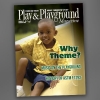
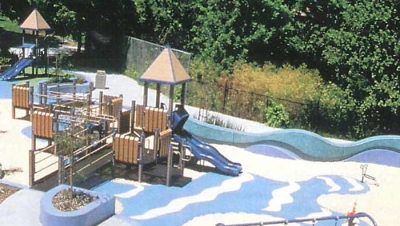

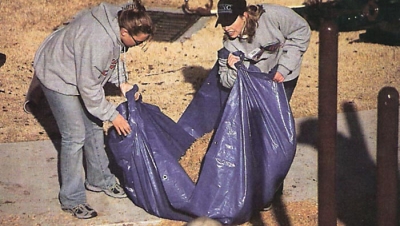
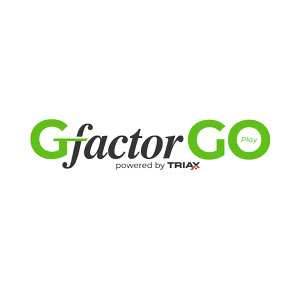
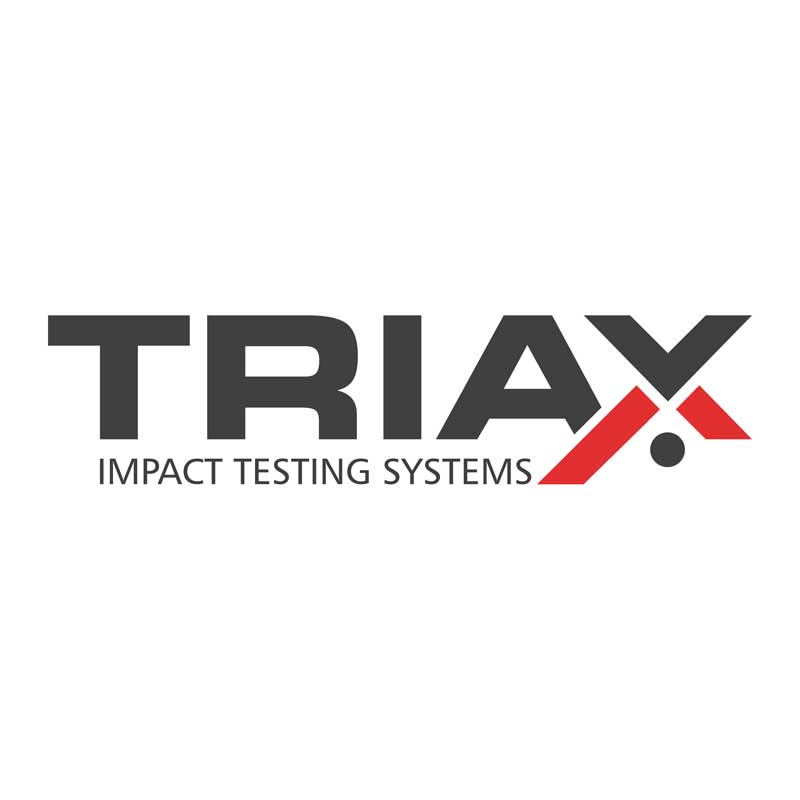
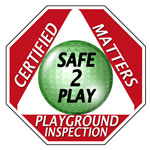
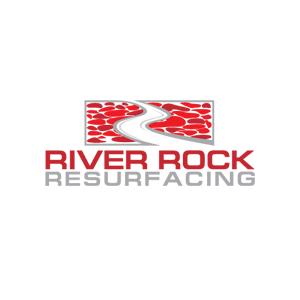
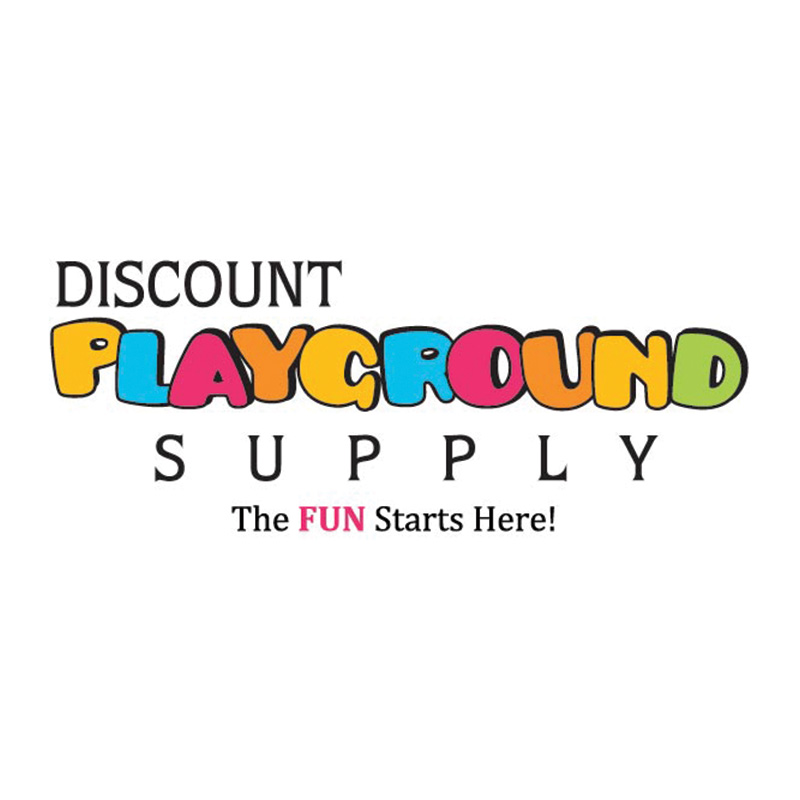
Add new comment